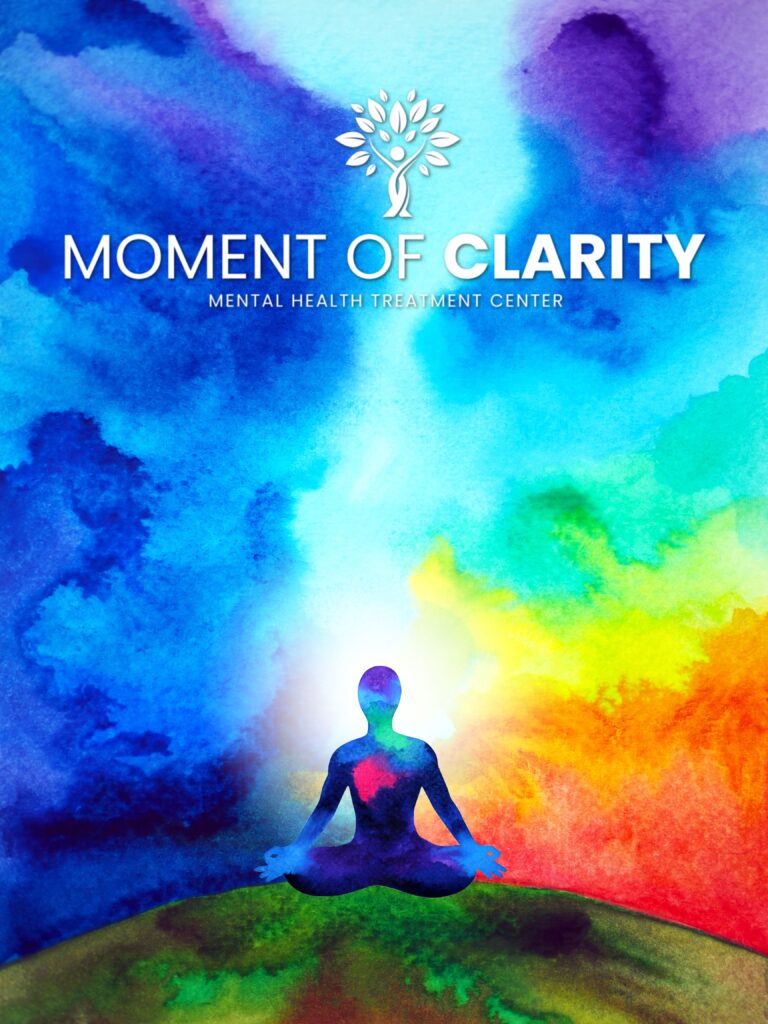Mental health conditions don’t just affect the person with the diagnosis — they can impact everyone else around them, including friends and family members. That can especially be true with something like schizoaffective disorder, a rare mental illness characterized by symptoms of both schizophrenia and a mood disorder like depression. The effect of this disease on a person’s mental health and overall stability to function independently can be dramatic and difficult to process. Fortunately, there are effective treatment options for schizoaffective disorder. Let’s explore how a mental health treatment center like Moment of Clarity can help — and the role of family in schizoaffective disorder treatment.
What Are the Causes of Schizoaffective Disorder?
It’s a common question after a diagnosis: What is schizoaffective disorder? It’s a rare mental illness, but one with major consequences and symptoms if left untreated. It’s marked by a combination of symptoms of schizophrenia, such as psychosis symptoms like delusions or hallucinations, as well as elements of mood disorders like depression or bipolar disorder. It’s a unique and particularly challenging condition because it can include such a wide range of symptoms — and these symptoms can make it very difficult for a person to function and maintain an adequate quality of life. According to the Mayo Clinic, there are two types of schizoaffective disorder: Bipolar type, marked by periods of hypomania or mania and sometimes major depression, and depressive type, which only has major depressive episodes.
The causes of schizoaffective disorder are believed to come down to many different factors, including genetics, biochemical issues, environmental components, and psychological considerations. Genetic predisposition does seem to play a major role, and people with a family history of mood disorders or schizophrenia are at a higher risk. Brain structure and chemistry differences also seem to be a part of this condition, as do stress and traumatic events.
Because of the overlap of symptoms inherent in this disorder, getting a schizoaffective diagnosis can be challenging — and that’s why it’s crucial to rely on experts in mental health conditions like the team at Moment of Clarity. We can carefully observe symptoms over an extended period and ensure that the correct diagnosis is made to start the right treatment plan.
Mental Health Treatment That Works
What Is the Family’s Role in a Schizoaffective Patient’s Treatment?
The role of family members in schizoaffective disorder treatment is going to be similar to their role in schizophrenia treatment or treatment for a mood disorder — and it all comes down to supporting the person as much as possible and helping them keep on track with their treatment plan.
Evidence-based family therapies are a major component of schizophrenia treatment, for example, according to an article published by Dove Medical Press Limited in 2015. Because family members increasingly serve as caregivers to their loved ones with this mental health condition, it’s important for people to have resources themselves to work through the stress, difficulty, and uncertainty of helping someone. By improving the overall family environment, we can also improve the patient’s treatment outcomes for their disorder. According to the article, an analysis of more than 50 trials of family interventions found that family therapy positively impacted the patient’s mental health recovery and cut the rate of relapse and readmission later on. It also led to benefits in social functioning and medication adherence.
At Moment of Clarity, we know that the innovative therapies and evidence-based treatment we provide for those suffering from schizoaffective disorder work best when family members and friends are a part of the treatment process. Their support and encouragement of their loved one’s treatment is a crucial thing — and we work to support the caregivers with family therapy, support resources, and educational programs. Together, we can be a team that will help your loved one get better.

What Is the Difference Between Schizophrenia and Schizoaffective Disorder?
While there is some overlap and the names are similar, there are big differences between schizophrenia and schizoaffective disorder and how they are treated.
Schizophrenia affects about 24 million people worldwide, according to the World Health Organization, and it is characterized by a proud disruption of a person’s typical thought processes and perceptions. That also leads to changes in how people respond emotionally and interact socially. There are so-called positive symptoms that are additions to normal behavior, like hallucinations and delusions, and negative symptoms, like apathy or lack of emotional expressiveness, as well as cognitive impairments.
Schizoaffective disorder, meanwhile, is a combination of aspects of schizophrenia — psychotic symptoms like delusions, hallucinations, and disorganized thinking — along with mood disorder symptoms that could include mania similar to bipolar disorder or depressive features similar to depression symptoms like persistent sadness, feelings of worthlessness, or suicidal ideation.
Because these episodes of mood disorder can last for long periods of time, people with schizoaffective disorder often have a hard time functioning with day-to-day life and responsibilities, and that’s why schizoaffective disorder treatment is so important.
What Is the Treatment for Schizoaffective Disorder?
Treatment for schizoaffective disorder usually involves multiple approaches to help the patient achieve emotional stability and learn coping skills as new challenges arise. It also has some similar approaches when compared to schizophrenia treatment, though it also has major differences. Let’s explore how this condition is treated.
Moment of Clarity takes a holistic approach to schizoaffective disorder treatment because we know it’s not just about treating the symptoms — it’s about helping people succeed and learn new skills for a better future. Medication is a crucial part of the treatment plan, with many patients receiving antipsychotic medications and mood stabilizers to manage psychosis and mood disorder symptoms. Antidepressants are also a common tool in this treatment plan to treat depressive symptoms.
But treatment isn’t limited to medications, and that’s why schizoaffective disorder treatment will also include therapy for patients to identify incorrect or harmful thought and behavior patterns and learn new skills to cope with life’s challenges in the future. Treatment also can help people recognize early signs of mood changes or psychosis, giving them a chance to take action before there are more serious problems.
Call Moment of Clarity and Get the Best Schizoaffective Disorder Treatment
At Moment of Clarity, we know that schizoaffective disorder treatment is about the whole family — not just one person. This disorder can disrupt relationships and cause difficult rifts. But we also know that help is available, and we’re ready to discuss how we can work with your loved one to get better. We’re proud to offer a wide range of outpatient mental health treatment services in California, including a comprehensive variety of therapies, that can make all the difference. Call 949-625-0564 to learn more about how Moment of Clarity can help. We’re here for you or your loved one.
External Sources
- Mayo Clinic — Schizoaffective Disorder Symptoms and Causes
- World Health Organization — Schizophrenia
- National Library of Medicine — The Role of Family Therapy in the Management of Schizophrenia




